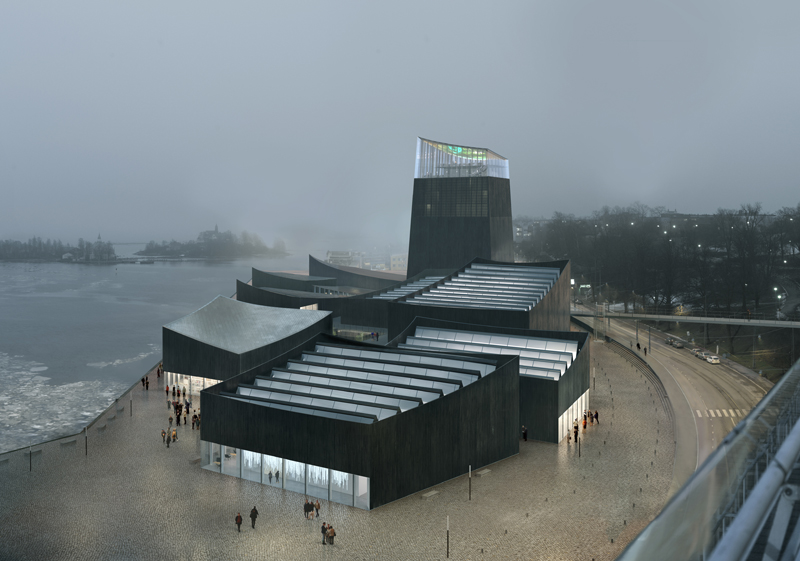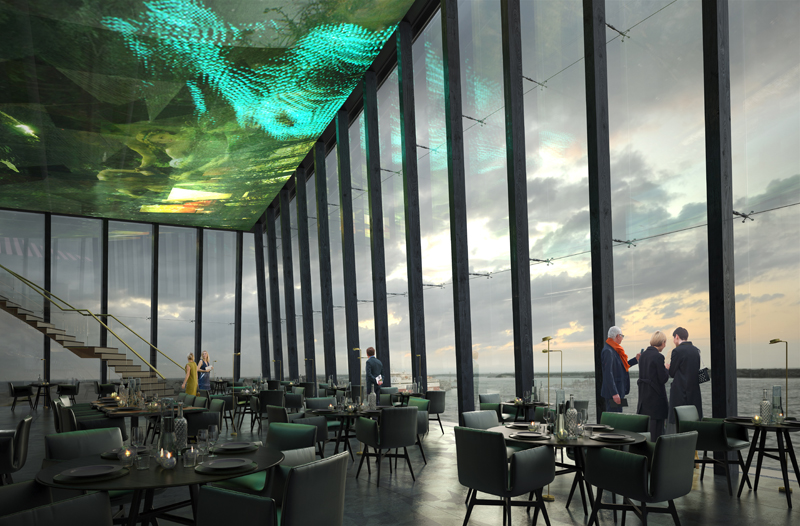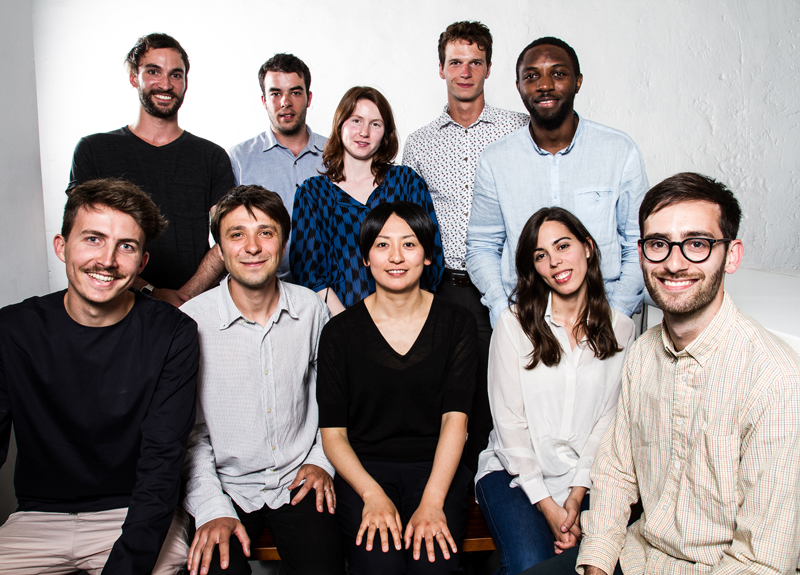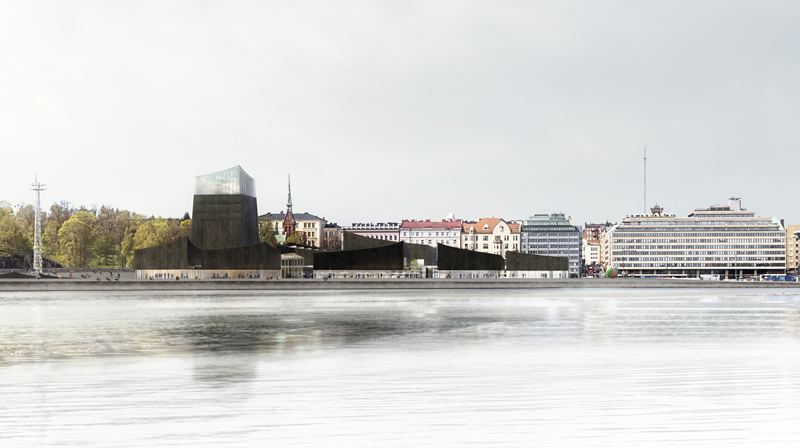It’s been a little more than a year since the Solomon R. Guggenheim Foundation launched an open, international competition for the design of a proposed Guggenheim in Helsinki, back on June 7, 2014. Today, the foundation announced that the winning design—selected from more than 1,700 entries—is the one by Parisian firm Moreau Kusunoki Architectes.
Midway through the competition, the jury narrowed the field down to six finalists and released the designs to the public while the firms behind them were kept anonymous. A campaign encouraged the public to vote for their favorite by using a specially engineered appthat matched a user’s personality with a building design.
The winning design by Moreau Kusunuki “invites visitors to engage with museum artwork and programs across a gathering of linked pavilions and plazas organized around an interior street,” according to a Guggenheim Foundation statement.
Locally sourced charred timber and glass will clad the exterior. The entire building is composed of nine low-lying volumes and one lighthouse-like tower. A nearby observatory park will be connected to the museum by a pedestrian footbridge.
“Moreau Kusunoki has titled its proposal ‘Art in the City,’ a name that sums up the qualities the jury admired in the design,” said jury chair Mark Wigley, professor and dean emeritus of the Graduate School of Architecture, Planning and Preservation at Columbia University. “The waterfront, park, and nearby urban area all have a dialogue with the loose cluster of pavilions, with people and activities flowing between them. The design is imbued with a sense of community and animation that matches the ambitions of the brief to honor both the people of Finland and the creation of a more responsive museum of the future."




 The winning firm, with Nicolas Moreau and Hiroko Kusunoki seated second from left and center
The winning firm, with Nicolas Moreau and Hiroko Kusunoki seated second from left and center
Related Stories
| Aug 11, 2010
The Art of Reconstruction
The Old Patent Office Building in Washington, D.C., completed in 1867, houses two Smithsonian Institution museums—the National Portrait Gallery and the American Art Museum. Collections include portraits of all U.S. presidents, along with paintings, sculptures, prints, and drawings of numerous historic figures from American history, and the works of more than 7,000 American artists.
| Aug 11, 2010
Silver Award: Please Touch Museum at Memorial Hall Philadelphia, Pa.
Built in 1875 to serve as the art gallery for the Centennial International Exhibition in Fairmount Park, Memorial Hall stands as one of the great civic structures in Philadelphia. The neoclassical building, designed by Fairmount Park Commission engineer Hermann J. Schwarzmann, was one of the first buildings in America to be designed according to the principles of the Beaux Arts movement.







